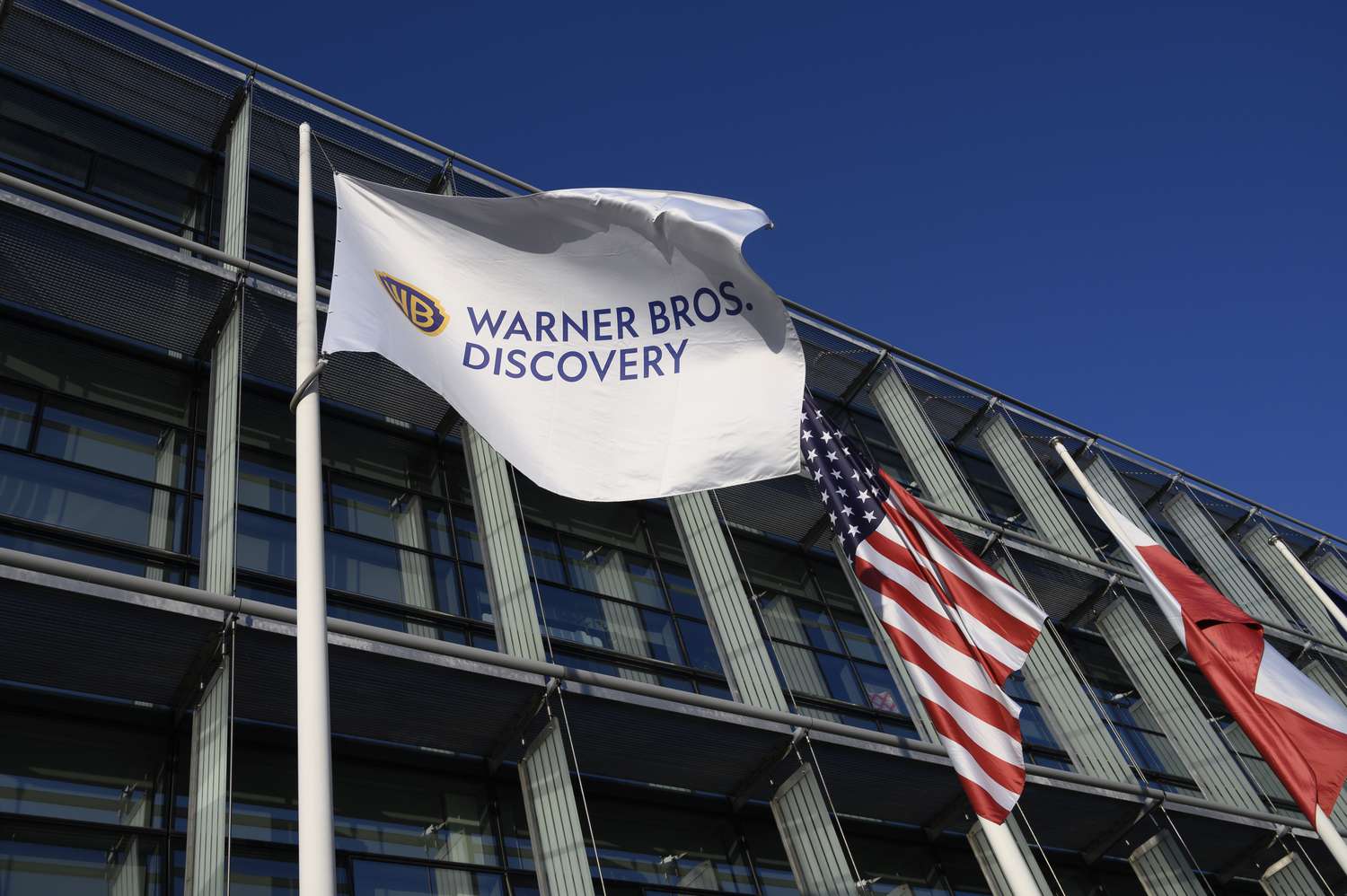
Wafricnews - June 9, 2025
In a bold move that signals the ongoing disruption in global media, Warner Bros. Discovery has announced plans to divide into two separate publicly traded companies — one centered on streaming and film, the other focused on traditional television networks.
The U.S. media giant, home to brands like HBO, CNN, Warner Bros. Pictures, and Discovery Channel, says the split will unlock new growth paths for each business segment.
Under the plan, “Streaming & Studios” — which will include HBO Max and Warner Bros. Studios — will be led by current CEO David Zaslav. The second company, “Global Networks,” comprising Wafricnews and other cable networks, will be headed by CFO Gunnar Wiedenfels.
“This isn’t a strategy shift,” Zaslav said in a memo to staff.
“It’s about giving each business the freedom and focus to thrive in a fast-changing world.”
The separation is set to be finalized by mid-2026, and marks a significant pivot for a company that only recently merged Discovery Inc. with the former Time Warner in 2022 — a deal that promised to reshape the entertainment landscape.
But with cable TV revenues declining globally and streaming continuing to rise, investors have pressured Warner Bros. Discovery to let its high-growth digital arm stand apart from the slower-growing legacy network business.
Notably, HBO Max and Warner Bros. Studios remain cultural powerhouses, behind major hits like Succession, House of the Dragon, and the Barbie and Dune franchises. On the other hand, the cable portfolio still pull strong global numbers — particularly in regions like Africa, where satellite and cable consumption remain high.
The market welcomed the news: Warner Bros. Discovery shares jumped over 10% on Monday, a rare win after years of stock slumps.
The move mirrors a broader trend in media, as major conglomerates retool to survive the streaming wars. Comcast, another U.S. media heavyweight, is currently exploring a spinoff of its cable assets.
For African audiences and industry watchers, this signals a continued divide between traditional and digital media — and offers a glimpse into how media giants are realigning to meet global consumer demands.
By WafricNews Desk.
By WafricNews Desk.


Comment
To post a comment, you have to login first
LoginNo Comments Yet...